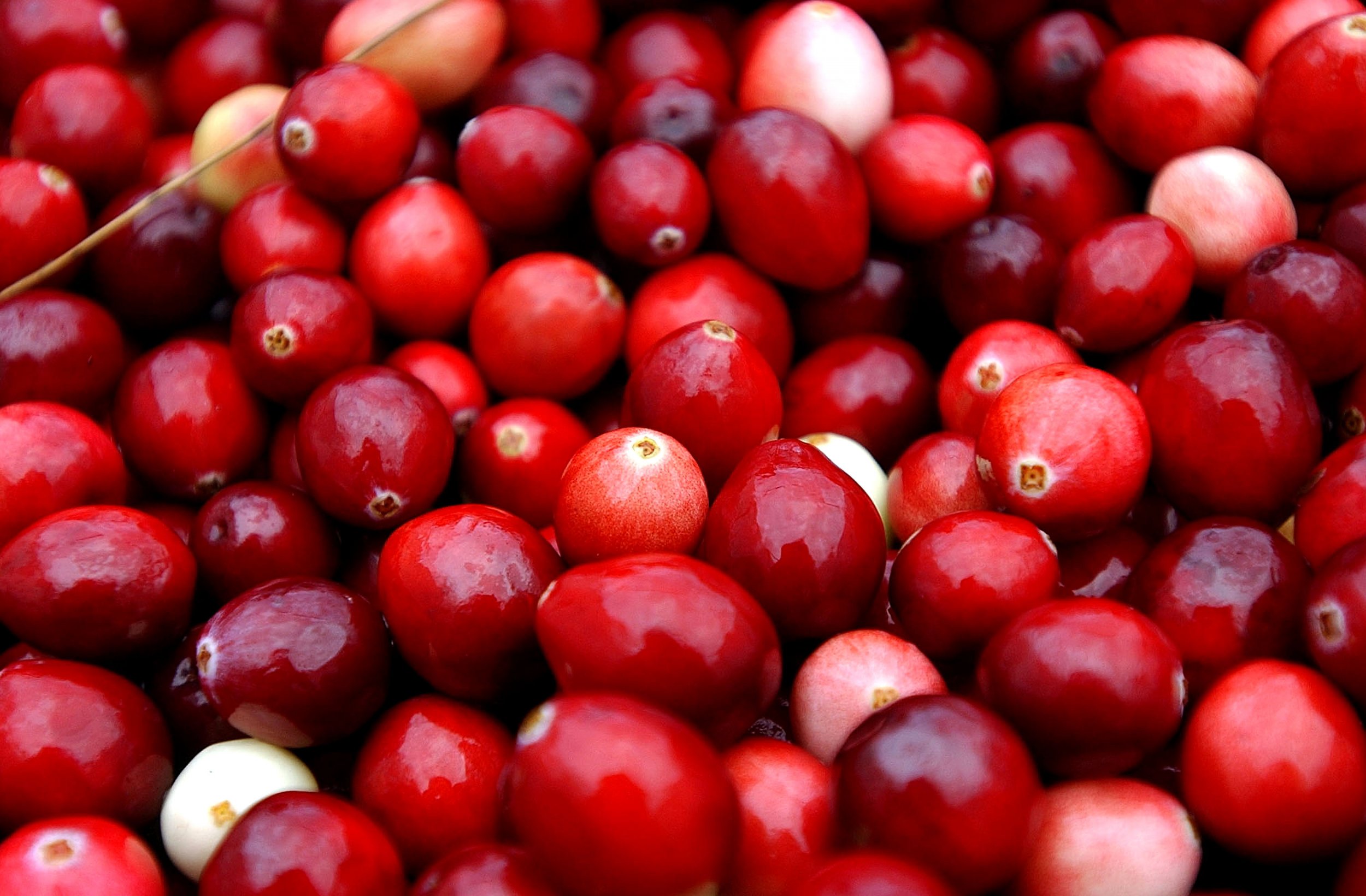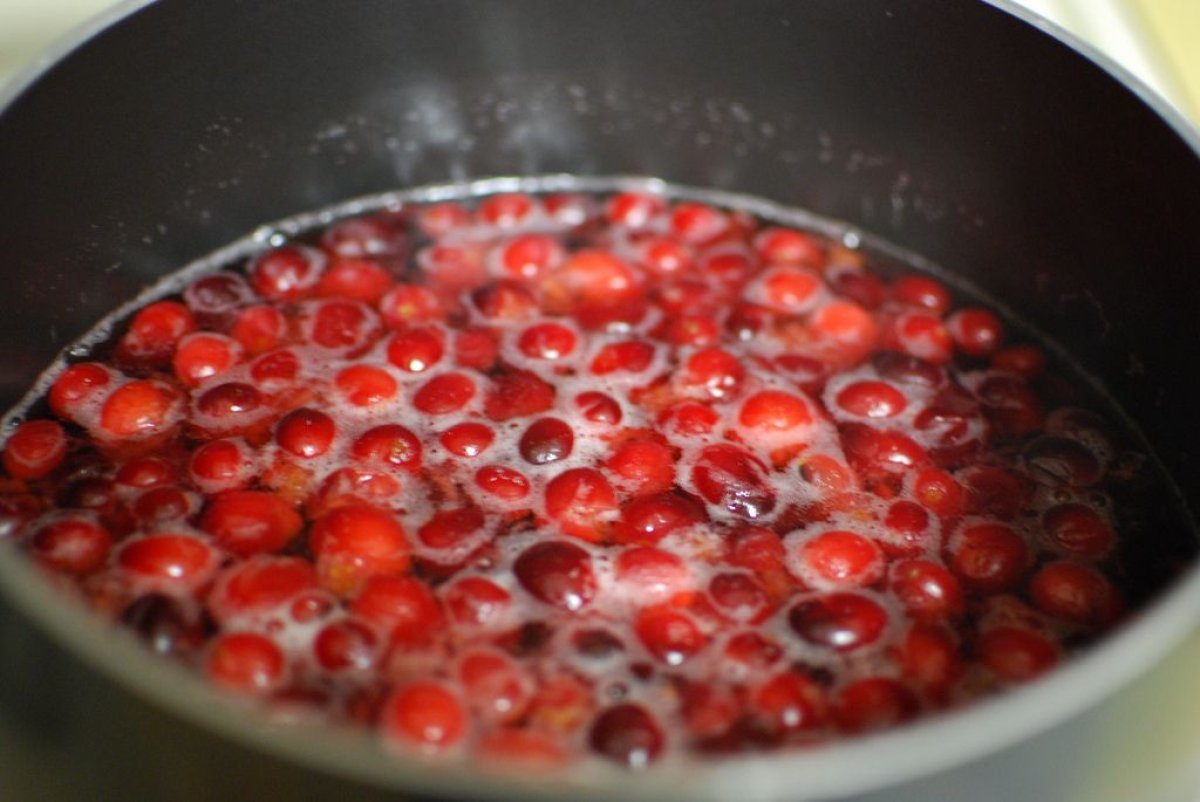
This Thanksgiving, we have to talk about cranberry sauce.
I know you're thinking, "What is there to talk about? I will extract it from its tin shell two seconds before dinner starts, as I do every year, and move on with my life." And let me be clear, I am here for that, too: Canned cranberry sauce is a delicious example of the magic of preserving food.
But it turns out that cranberry sauce cans do not grow in bogs, and if you've never made cranberry sauce, you—not necessarily your taste buds, but very definitely your childhood sense of joy in the world—are missing out.
That's because making cranberry sauce is a delightful alchemy that turns what are, quite frankly, unappealingly bitter fruits with hard white empty interiors into a true holiday classic.
Fancier recipes throw in exotic additions, but you can appreciate the science behind cranberry sauce with just two extra ingredients, sugar and water. Dump them all in a pan, turn the heat up, and suddenly everything changes.
I'm not just talking about the obvious improvement sugar brings to a problematically bitter fruit: Like tiny festive grenades, each individual berry bursts open in the boiling water, producing a chorus of pops as you stir (always stir) the sauce. The water froths around them and picks up a pinkish tinge.
And once that starts, there's a bit of botanical wonder taking place: cranberries are basically just tiny little packets of jam waiting to happen. If you're in the mood for, say, apricot or strawberry jam, you have to add a substance called pectin, a natural compound found in plant cell walls that helps give the wall its structure.

But cranberries (as well as a handful of other fruits, like apples and blackberries) contain plenty of pectin all by themselves—it's tucked away in that tough white interior. When the berries pop, molecules of pectin are released into the soon-to-be sauce, where they begin to network with each other, building a molecular structure that gels the cranberry sauce together.
And all that taste in the cranberries themselves also helps create the cranberry sauce texture, since the acid in the berries keeps pectin molecules from repelling each other. Sugar does more or less the same thing, another reason to sweeten up your sauce.
Having less water in the pot also speeds up that process—and anyway, you're going to need to simmer your cranberry sauce down to the thickness that tickles your taste buds. There isn't any science simpler than that.
Uncommon Knowledge
Newsweek is committed to challenging conventional wisdom and finding connections in the search for common ground.
Newsweek is committed to challenging conventional wisdom and finding connections in the search for common ground.
About the writer
Meghan Bartels is a science journalist based in New York City who covers the science happening on the surface of ... Read more
To read how Newsweek uses AI as a newsroom tool, Click here.








